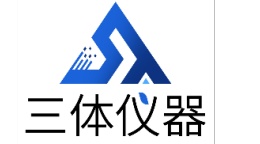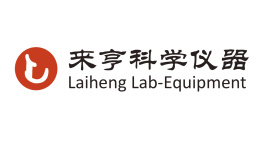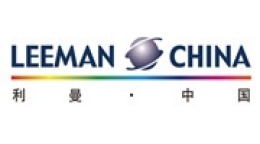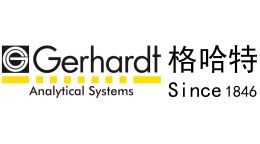方案详情文
智能文字提取功能测试中
APPLICATION NOTEF&F-K-001-2015/A1 N/PROTEIN DETERMINATION IN SOYBEANKJELDAHL METHOD N/Protein Determination in Soybeanaccording to the Kjeldahl method Reference: AOAC 920.87 (945.39 and 979.09) Protein (Total) in Flour Tested with VELP Scientifica DKL 20 Automatic Kjeldahl Digestion Unit (Code S30100210) and UDK 169 Automatic Kjeldahl Analyzer with AutoKjel Autosampler (Code S30200160) Introduction Soybean meal is the most important protein source used to feed farm animals. It represents two-thirds of the total worldoutput of protein feedstuffs, including all other major oil meals and fish meal (Oil World, 2010). Indeed it is an importantpart of the diets of ruminants animals due to its high amount (more than 60%) of rumen-degradable protein, good aminoacid balance and high cell-wall digestibility, besides being also very palatable to ruminants. Soybean meal is the by-product of the extraction of soybean oil. In the solvent extraction process, the soybeans arecracked, heated, flaked and the oil is extracted by solvent. The extracted flakes are then dried to eliminate the solvent,toasted and ground. The soybeans may have been de-hulled prior to extraction, and the hulls may be added back at theend of the process. Nitrogen Determination in Soybean Powders according to the Kjeldahl Method Thanks to the high level of precision and reproducibility and to its simple application, Kjeldahl is nowadays the mostused method for determining nitrogen and protein contents in the food and feed industry. It also has several otherapplications in environmental control (phenols and nitrogen in water, sludge, soil and lubricants) and in the chemical andpharmaceutical industry according to official AOAC, EPA, DIN e ISO procedures. The modern Kjeldahl method consists in a procedure of catalytically supported mineralization of organic material in aboiling mixture of sulfuric acid and sulfate salt at digestion temperature higher than 400 C. During the process theorganically bonded nitrogen is converted into ammonium sulfate. Alkalizing the digested solution liberates ammoniawhich is quantitatively steam distilled and determined by titration. Samples Soybean powder A Expected Protein Value:>70% Soybean powder B Expected Protein Value:>80 % Soybean powder C Expected Protein Value:> 80 % Soybean powder D Expected Protein Value:> 50 % Sample Digestion Samples are already homogenized (particle size 0.5 mm). Weigh about 0.300 g of sample into a nitrogen-free weighing boat (code CM0486000) and place it into a 250 ml testtube. For each sample, add in the test tube: 2 catalyst tablet VCM (code A00000274;3.5 g K2SO4, 0.1 g Cu) 15 ml concentrate sulphuric acid (96-98%) Prepare some blanks with all chemicals and without the sample Connect the Digestion Unit to a proper Aspiration Pump (JP code F30620198) and a Fume Neutralization System(SMS Scrubber code F307C0199) to neutralize the acid fumes created during digestion phase. Digest the samples for 90 minutes at 420°C, according to the method“soya beans and lupins” (n°10 on DKL 20). Distillation and Titration Let the test tubes cool down to 50-60 °C. Condition the UDK 169 with AutoKjel Autosampler unit by performing the Automatic Check-up and Wash-down in theMenu-System. Distill the samples according to the following parameters (pre-defined method n°10): ● H2O(dilution water): 70 ml ● NaOH (32%): 55 ml ●H3BO3 (4% with indicators): 30 ml● H2SO4 (0.1 N) as titrant solution Protein factor: 6.25 Distillation & Titration analysis time: from 4 minutes for one test. Typical Results on Soybean Powders Sample Sample quantity (g) Nitrogen % Protein% Soybean powder A 0.296 12.063 75,394 0.305 12.169 76,057 0.305 12.154 75,962 0.304 12.123 75,769 Average ± SD% 12.127±0.047 75.795±0.293 RSD%* 0.387 0.387 Soybean powder B 0.307 13.257 82,859 0.304 13.332 83,328 0.306 13.226 82,663 0.297 13.189 82,433 Average ±SD% 13.251±0.061 82.821±0.380 Soybean powder C RSD%* 0.302 0.45913.253 0.459 82,833 0.300 13.206 82,539 0.301 13.426 83,911 0.301 13.204 82,524 Average ±SD% 13.272±0.105 82.952±0.655 Soybean powder D RSD%* 0.303 0.790 8.564 0.790 53.523 0.303 8.390 52.437 0.294 8.556 53.476 0.307 8.454 52.837 Average ±SD% 8.491±0.084 53.068±0.525 RSD%* 0.988 0.988 Protein Factor: 6.25 *RSD%=(Standard Deviation * 100)/ Average The complete procedure was verified by using 5 ml of glycine standard solution (3%) containing 28 mg of nitrogen. asreference substance. The obtained recovery falls into the expected range: between 98 % and 102 %. Conclusions The obtained results are reliable and reproducible in accordance with the expected values: all data fulfill the expectedrange. Benefits of Kjeldahl method by using DKL 20 and UDK 169 with AutoKjel Autosampler are: High level of precision and reproducibility Maximum productivity and full automation Worldwide official method Reliable and easy method Time saving 豆粕是饲料中最重要的蛋白质来源。它占世界蛋白质饲料总产量的三分之二,包括所有其他主要油料和鱼粉(石油世界,2010)。它可降解蛋白质含量(60%以上),氨基酸平衡良好,细胞壁消化率高,是反刍动物饲粮的重要组成部分。豆粕是大豆油提取的副产品。在溶剂萃取过程中,大豆被裂解、加热、剥落,油被溶剂萃取。然后将提取出来的薄片干燥以去除溶剂,烘烤和研磨。大豆可能在提取前已经去壳,在提取过程的最后再把外壳加回去。凯氏定氮法具有较高的精密度和重现性,且应用简单,是目前食品和饲料工业中氮和蛋白质含量测定常用的方法。根据AOAC、EPA、DIN e ISO程序,它还在环境控制(水、污泥、土壤和润滑油中的酚和氮)以及化学和制药工业中有其他几个应用。参照标准:AOAC 920.87 (945.39 and 979.09)面粉中蛋白质(总)检测仪器:VELP Scientifica DKL 20全自动凯氏定氮消解仪,udk169自动凯氏定仪(带有全自动进样器)检测样品:Soybean powder A Expected Protein Value: > 70 %Soybean powder B Expected Protein Value: > 80 %Soybean powder C Expected Protein Value: > 80 %Soybean powder D Expected Protein Value: > 50 %实验结果:结果由udk169自动计算氮的百分比和蛋白质的百分比。使用含28 mg氮的5 ml甘氨酸标准溶液(3%)验证了整个过程。参考物质。获得的回收率处于预期范围:98%至102%之间。结 论:所得结果可靠,符合期望值,重现性好,所有数据均符合期望值。
关闭-
1/3
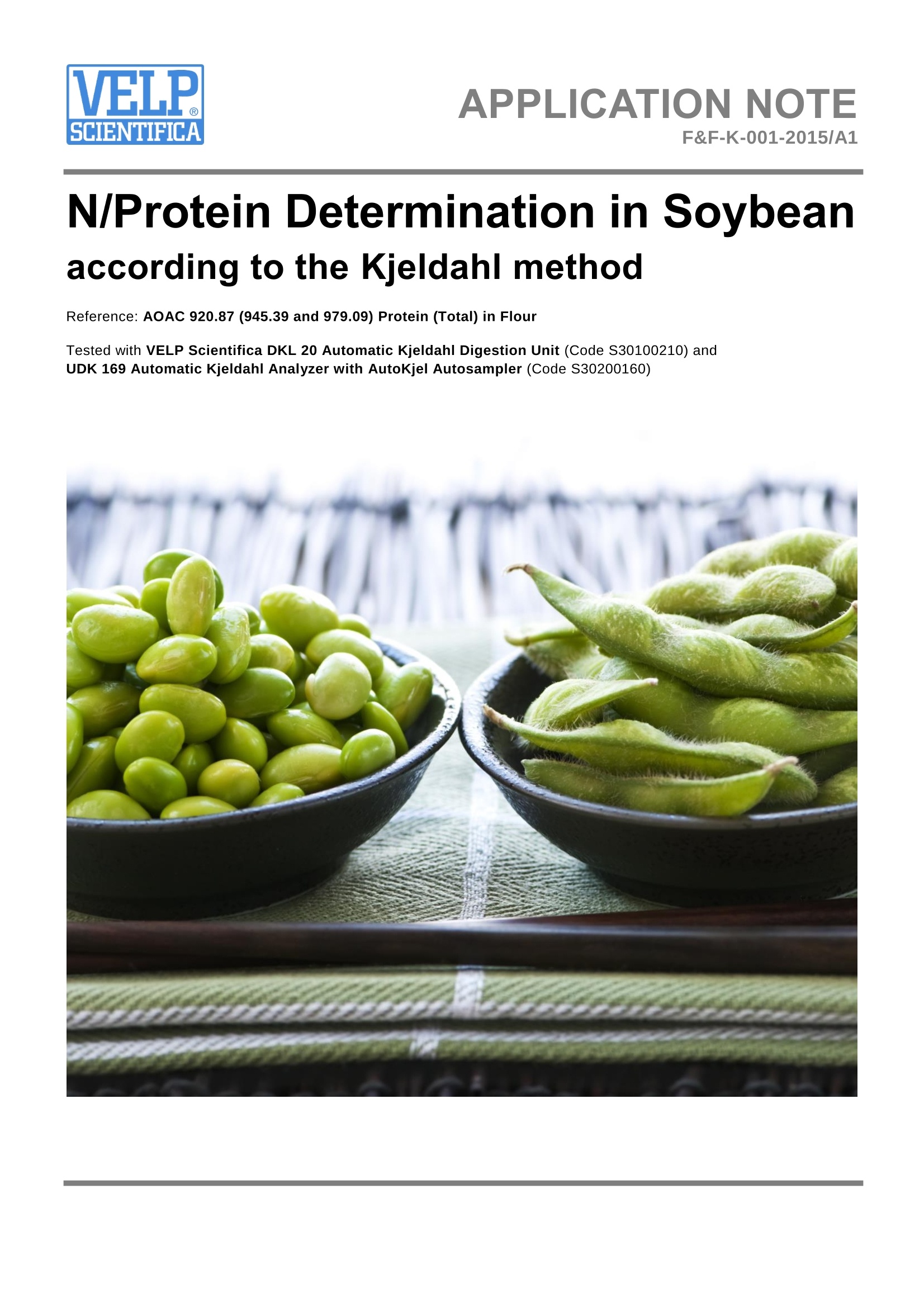
-
2/3
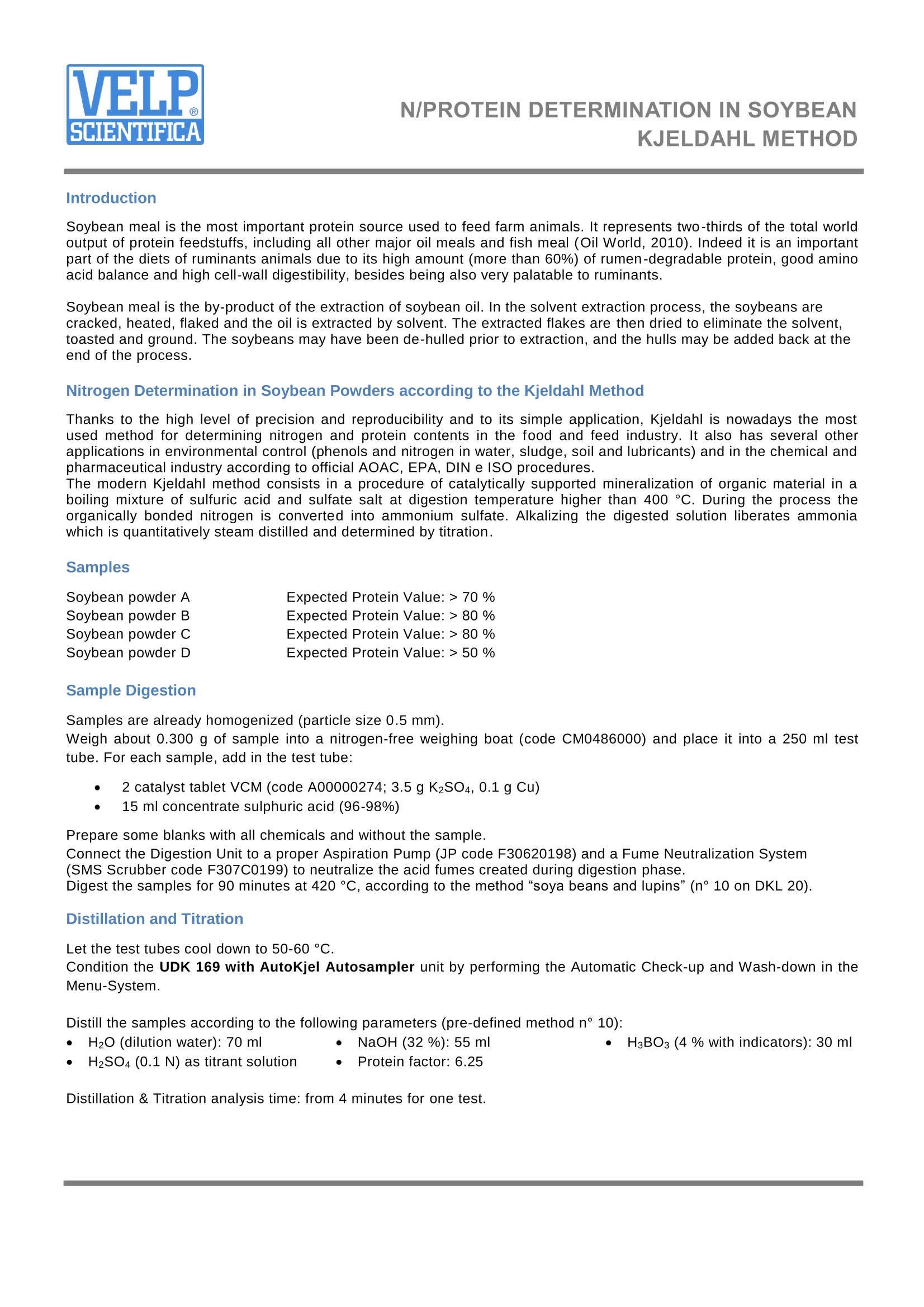
还剩1页未读,是否继续阅读?
继续免费阅读全文产品配置单
北京盈盛恒泰科技有限责任公司为您提供《大豆中N/蛋白质检测方案(定氮仪)》,该方案主要用于豆类中营养成分检测,参考标准《暂无》,《大豆中N/蛋白质检测方案(定氮仪)》用到的仪器有VELP全自动凯氏定氮仪UDK169 and AutoKjel。
我要纠错
推荐专场
定氮仪、凯氏定氮仪、Dumas定氮仪
更多相关方案


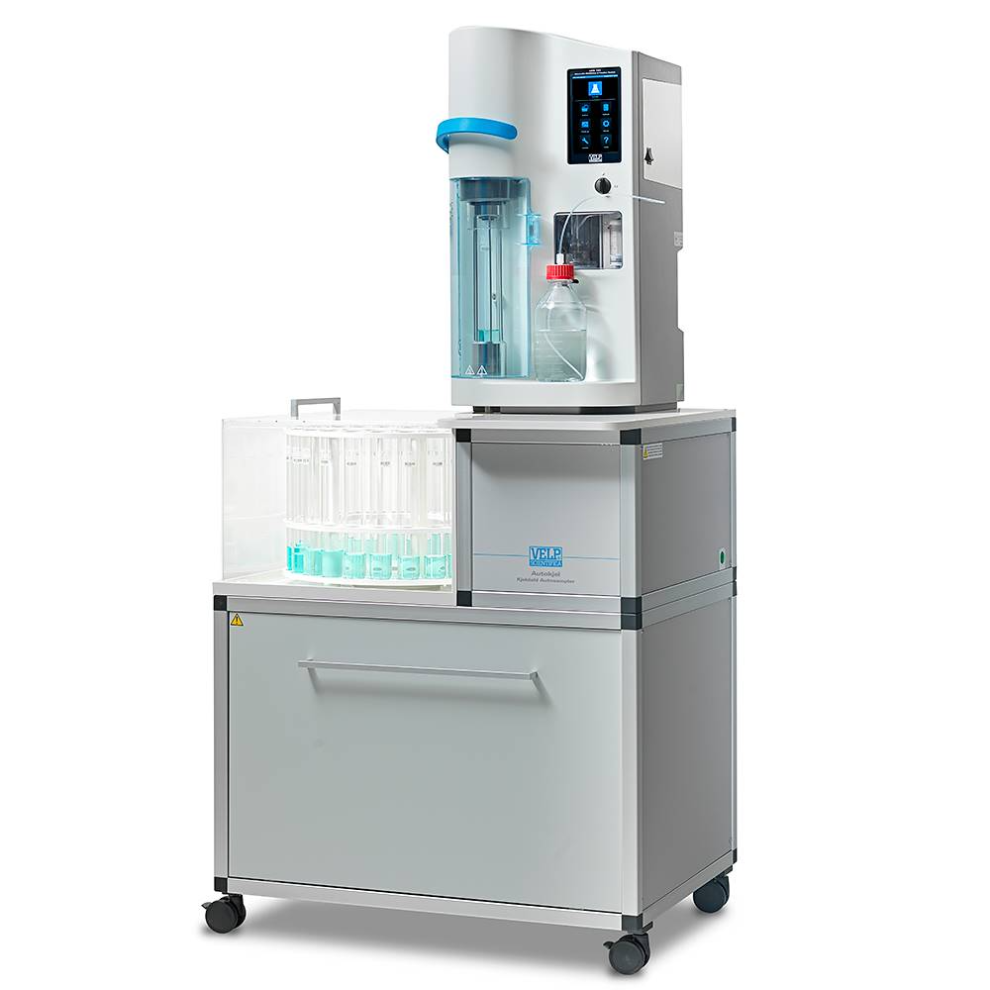

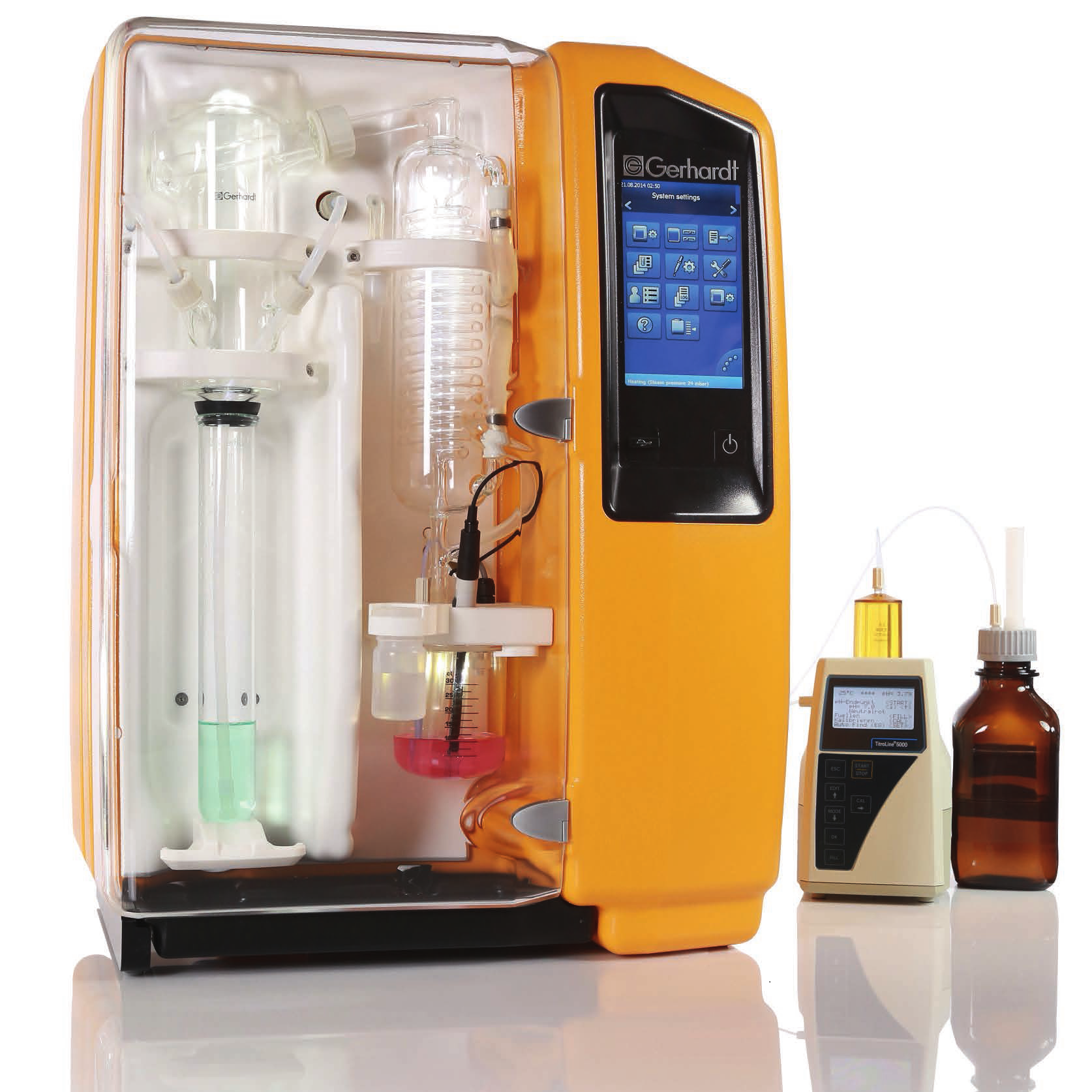

 咨询
咨询